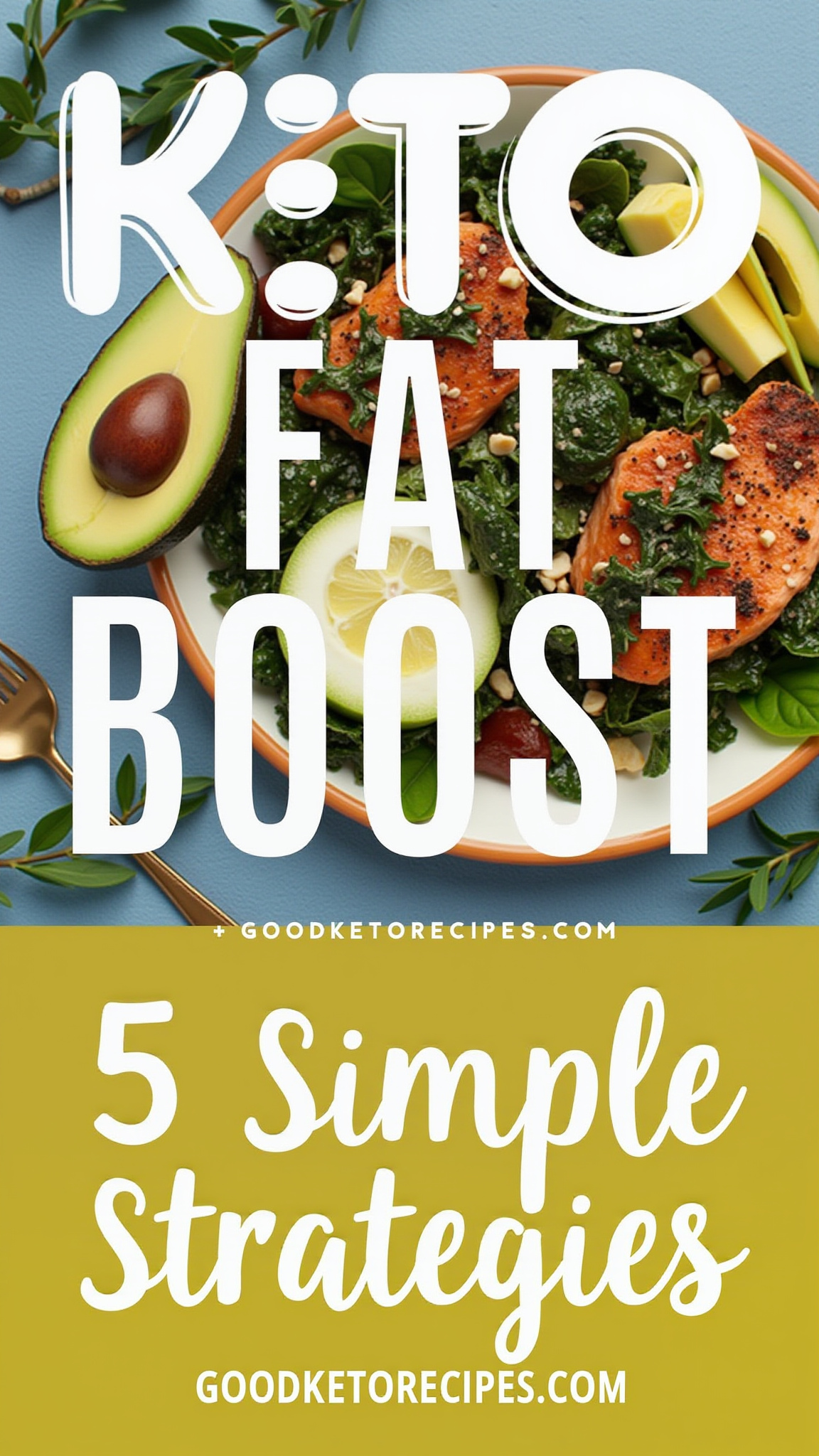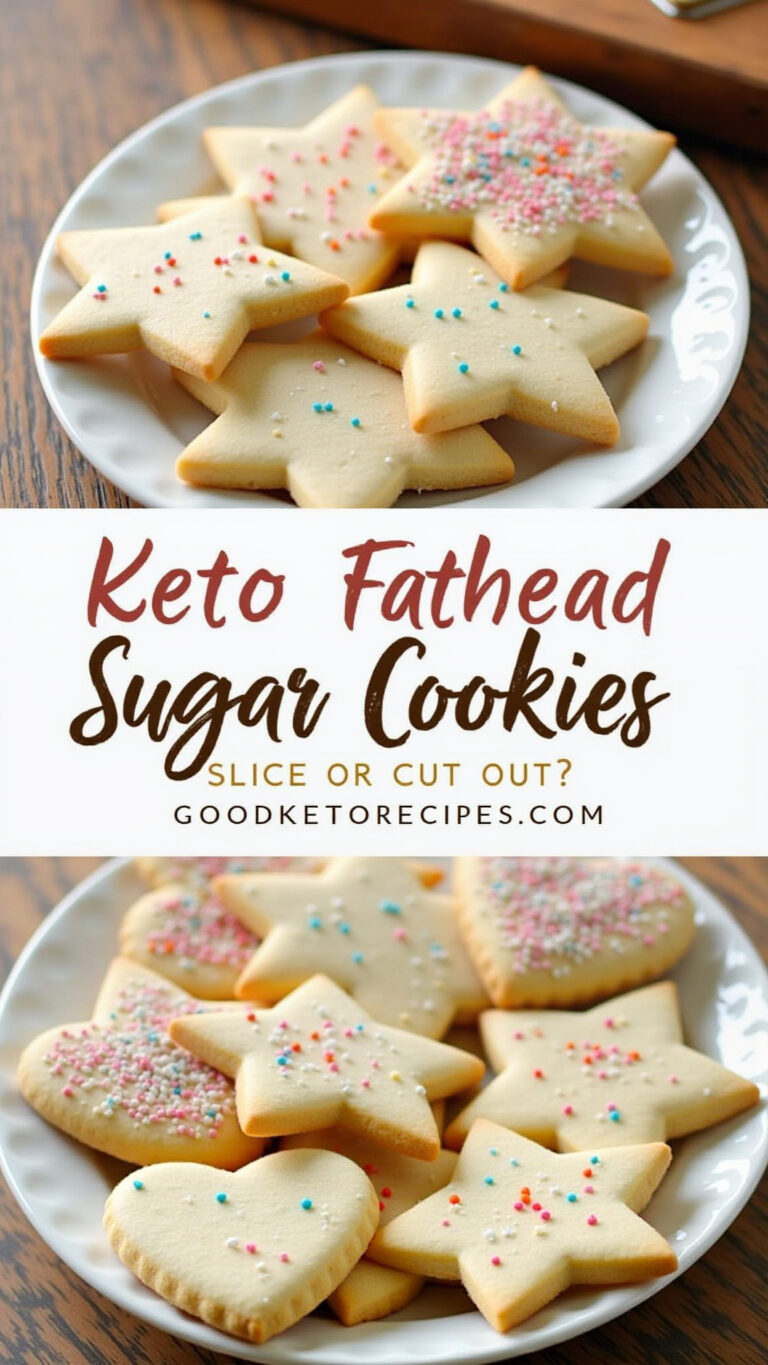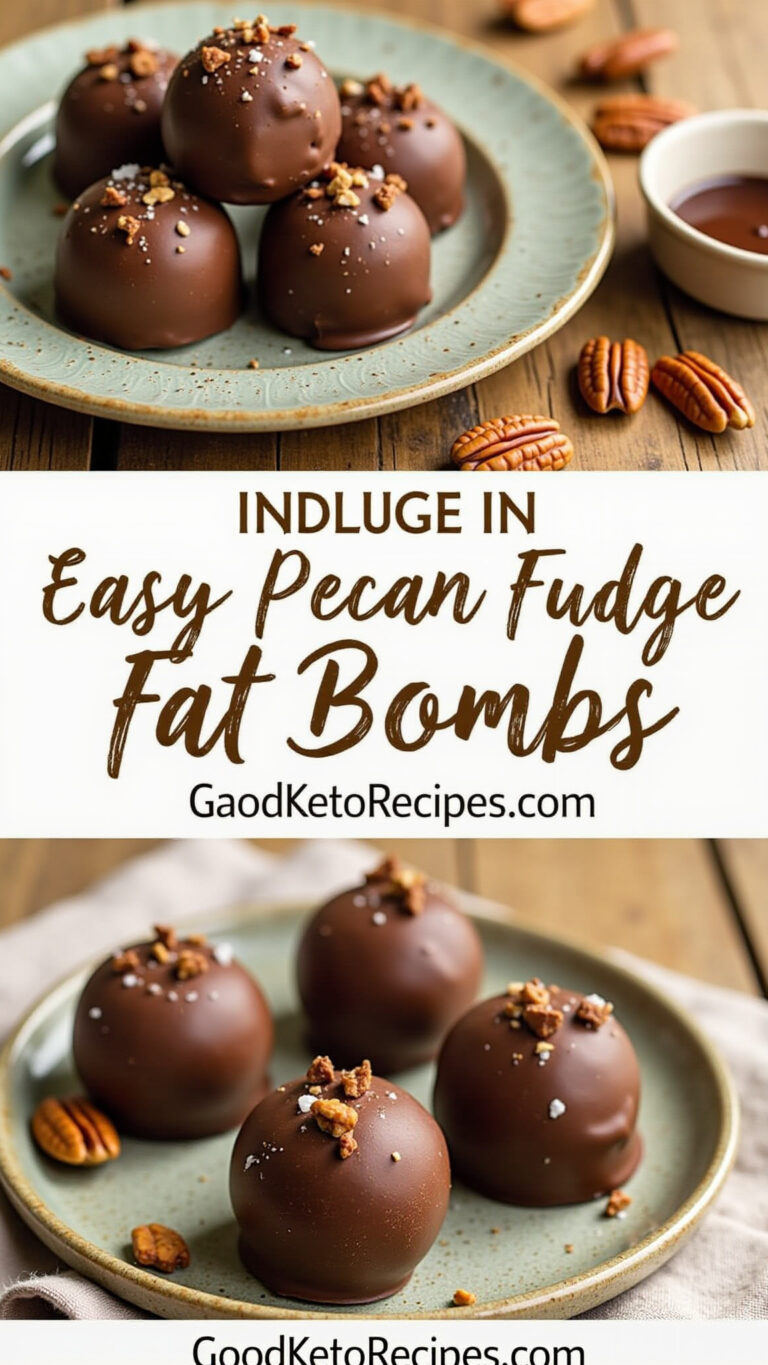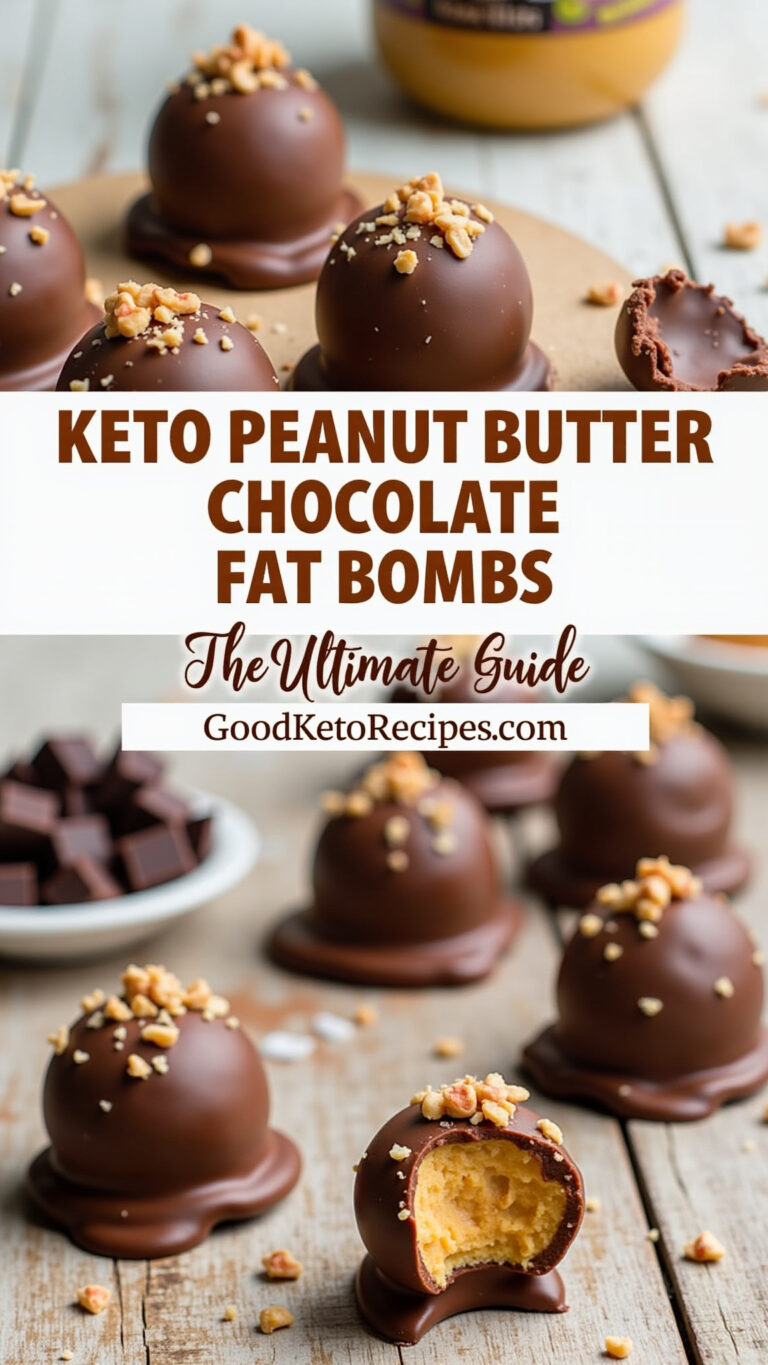Keto Fat Boost: 5 Simple Strategies

The ketogenic diet, renowned for its high-fat, low-carbohydrate approach, hinges on achieving and maintaining ketosis – a metabolic state where your body primarily burns fat for fuel instead of glucose. While the “low-carb” aspect is often emphasized, ensuring adequate fat intake is equally crucial for success. Insufficient fat consumption can lead to fatigue, increased cravings, and hinder the body’s ability to effectively utilize ketones. This article explores five easy and effective strategies to boost your fat intake while staying true to the ketogenic principles.
Why Fat Matters on Keto
Before diving into the strategies, it’s essential to understand why fat is so vital on a ketogenic diet.
- Primary Fuel Source: When carbohydrate intake is drastically reduced, your body needs an alternative energy source. Fat steps in to fill this role.
- Satiety and Hunger Control: Fat is incredibly satiating. Consuming enough fat helps you feel fuller for longer, reducing cravings and preventing overeating. This contributes to weight management.
- Hormone Production: Healthy fats are crucial for hormone production, including those involved in metabolism, mood regulation, and reproductive health.
- Nutrient Absorption: Many essential vitamins (A, D, E, and K) are fat-soluble, meaning they require fat for proper absorption.
- Brain Function: The brain thrives on ketones, which are produced from fat. Adequate fat intake supports cognitive function and mental clarity.
1. Embrace Healthy Oils
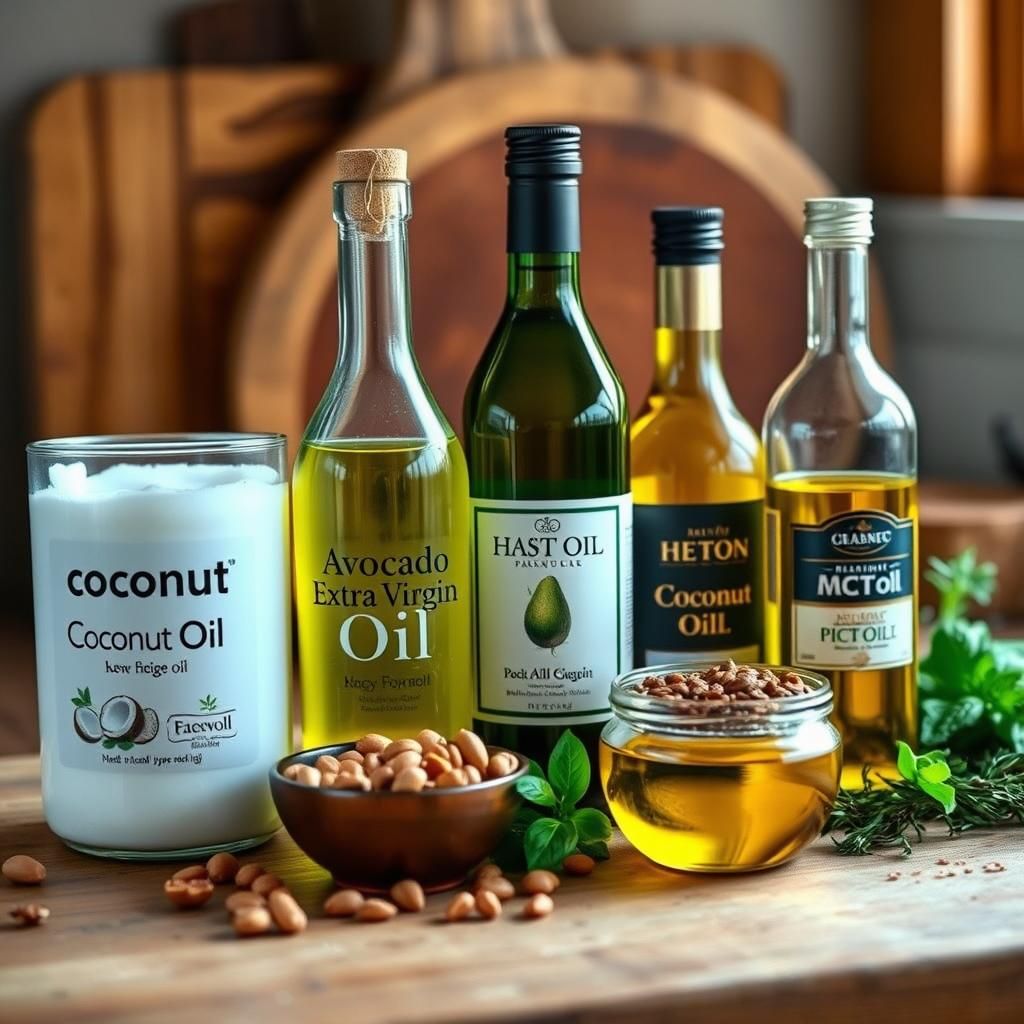
One of the simplest and most versatile ways to increase your fat intake is by incorporating healthy oils into your daily meals. But not all oils are created equal. On keto, prioritize those rich in monounsaturated and saturated fats while limiting polyunsaturated fatty acids (PUFAs) due to their potential inflammatory effects when consumed in excess.
Best Keto-Friendly Oils:
- Coconut Oil: A staple in the keto community, coconut oil is rich in medium-chain triglycerides (MCTs). MCTs are rapidly absorbed and converted into ketones, providing a quick energy boost. Use it for cooking, baking, or even adding a spoonful to your coffee. A tablespoon contains approximately 14 grams of fat.
- Olive Oil: Extra virgin olive oil (EVOO) is packed with monounsaturated fats and antioxidants. Drizzle it over salads, vegetables, or use it for low-heat cooking. Avoid using EVOO at high temperatures as it can degrade its beneficial properties. A tablespoon contains around 14 grams of fat.
- Avocado Oil: With a mild flavor and high smoke point, avocado oil is excellent for both cooking and baking. It’s rich in monounsaturated fats and offers a similar nutritional profile to olive oil. A tablespoon provides approximately 14 grams of fat.
- MCT Oil: MCT oil is a concentrated source of medium-chain triglycerides. It’s often added to smoothies, coffee, or salad dressings. Start with a small dose (1 teaspoon) and gradually increase to avoid digestive upset. A tablespoon contains about 14 grams of fat.
- Avocado Oil: Also rich in monounsaturated fats and offering a high smoke point, it’s an excellent choice for frying and sautéing.
How to Incorporate Oils:
- Salad Dressings: Make your own keto-friendly salad dressings using olive oil, avocado oil, or MCT oil as a base. Add vinegar, lemon juice, herbs, and spices for flavor.
- Cooking: Use coconut oil, avocado oil, or olive oil for cooking meats, vegetables, and eggs.
- Drizzling: Drizzle olive oil or avocado oil over cooked vegetables, salads, or grilled meats.
- Coffee/Smoothies: Add a tablespoon of coconut oil or MCT oil to your coffee or smoothies for a quick fat boost.
- Fat Bombs: Use coconut oil as a base for making keto fat bombs (small, high-fat snacks).
2. Snack Strategically on High-Fat Foods
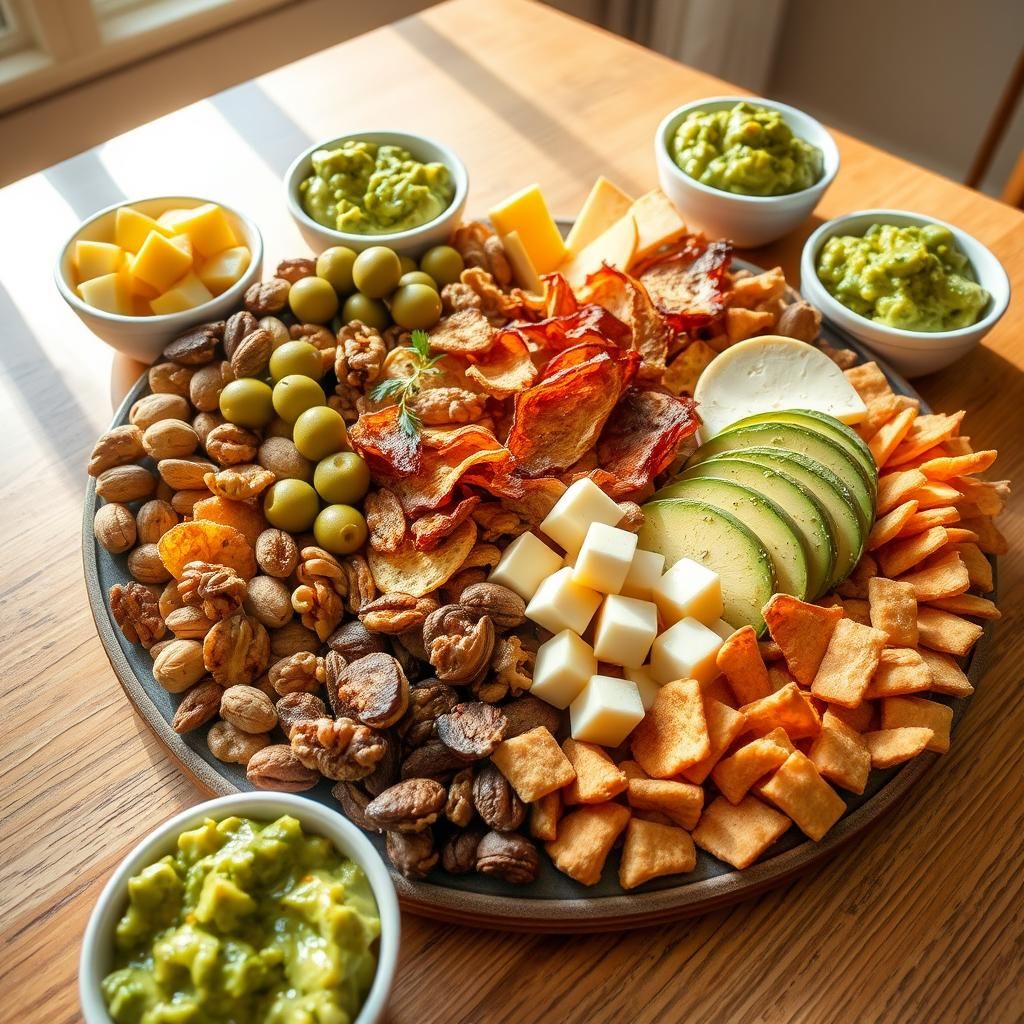
Snacking can be a powerful tool for increasing your fat intake between meals. Choose snacks that are naturally high in healthy fats and low in carbohydrates.
Keto-Friendly Snack Options:
- Nuts and Seeds: Almonds, macadamia nuts, walnuts, pecans, chia seeds, and flaxseeds are excellent sources of healthy fats, fiber, and essential nutrients. Be mindful of portion sizes, as nuts can be calorie-dense. One ounce (approximately 28 grams) of macadamia nuts contains about 21 grams of fat.
- Cheese: Cheese is a delicious and convenient way to add fat to your diet. Opt for full-fat varieties like cheddar, mozzarella, brie, and cream cheese. An ounce of cheddar cheese contains about 9 grams of fat.
- Avocado: Avocado is a nutritional powerhouse, packed with healthy fats, fiber, and potassium. Enjoy it sliced, mashed, or as guacamole. Half an avocado contains approximately 15 grams of fat.
- Hard-Boiled Eggs: Eggs are a complete protein source and contain healthy fats. Hard-boil a batch of eggs for a quick and portable snack. One large egg contains about 5 grams of fat.
- Olives: Olives are rich in monounsaturated fats and offer a salty, satisfying snack. A serving of 10 green olives contains about 5 grams of fat.
- Pork Rinds: A surprisingly satisfying and keto-friendly snack, pork rinds are pure fat and protein. A half-ounce serving contains about 9 grams of fat.
- Fat Bombs: As mentioned before, these are specifically designed to be high-fat and low-carb, perfect for a quick boost.
Tips for Strategic Snacking:
- Plan Ahead: Keep keto-friendly snacks readily available to avoid reaching for less desirable options.
- Portion Control: Be mindful of portion sizes, especially with nuts and cheese, to avoid overeating.
- Listen to Your Body: Snack when you’re genuinely hungry, not just out of boredom or habit.
- Combine Protein and Fat: Pairing fat with protein can enhance satiety and help stabilize blood sugar levels. For example, enjoy cheese with nuts or avocado with hard-boiled eggs.
3. Incorporate Full-Fat Dairy (In Moderation)
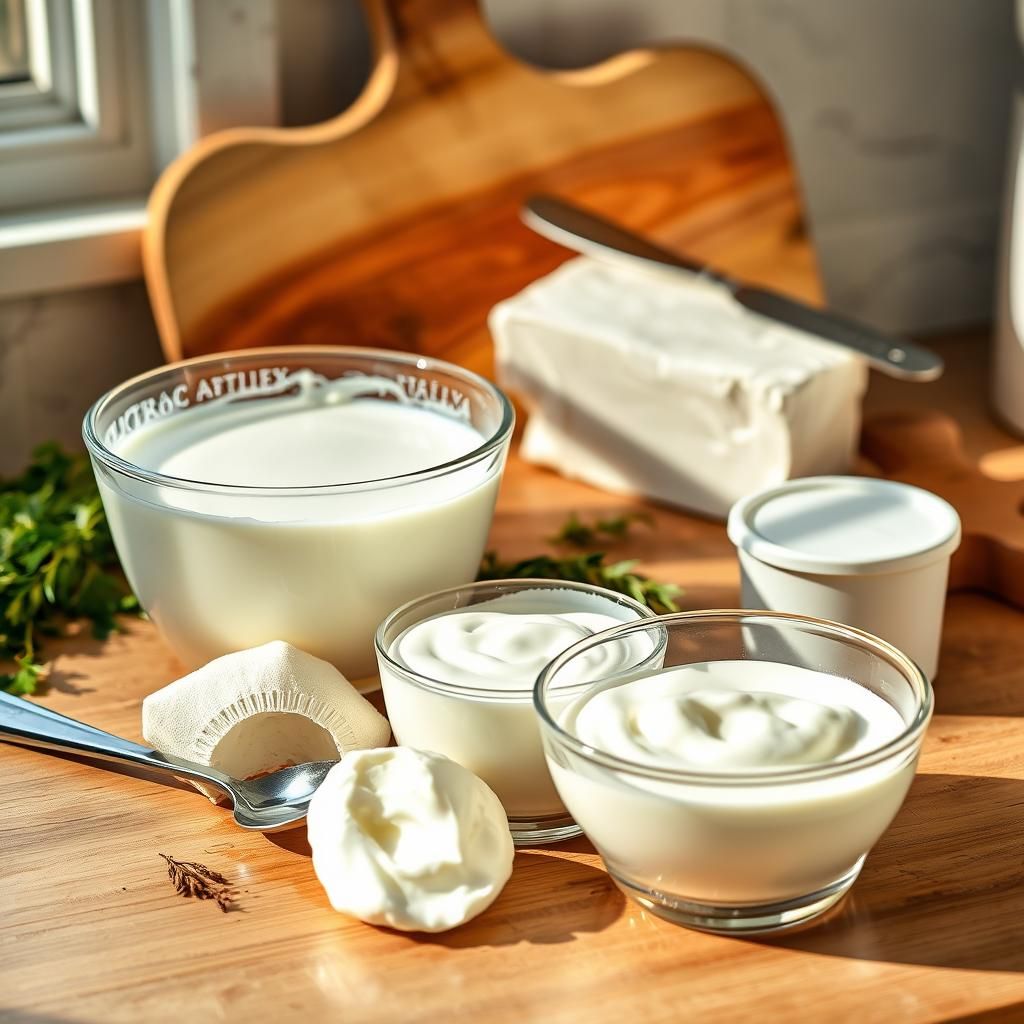
Full-fat dairy products can be a convenient way to increase your fat intake on keto, but they should be consumed in moderation due to their carbohydrate content and potential for lactose intolerance.
Keto-Friendly Dairy Options:
- Heavy Cream: Heavy cream is virtually carb-free and can be added to coffee, soups, and sauces to boost their fat content. A tablespoon contains about 5 grams of fat.
- Cream Cheese: Cream cheese is high in fat and relatively low in carbs. Use it in dips, sauces, or as a spread on keto-friendly crackers. An ounce contains about 9 grams of fat.
- Full-Fat Sour Cream: Sour cream can be used as a topping for tacos, soups, or chili. Choose full-fat varieties for the best flavor and fat content. Two tablespoons contain about 6 grams of fat.
- Full-Fat Yogurt (Plain, Unsweetened): While yogurt contains carbohydrates, full-fat Greek yogurt or Icelandic skyr can be a reasonable option in moderation. Choose plain, unsweetened varieties to avoid added sugars. Be sure to factor in the carb count into your daily macros.
Considerations for Dairy Consumption:
- Lactose Intolerance: Some individuals may experience digestive issues from lactose, the sugar found in dairy. If you’re lactose intolerant, consider lactose-free options or limit your dairy intake.
- Carb Content: Be mindful of the carbohydrate content of dairy products, especially yogurt and milk. Track your intake to ensure you stay within your daily carb limit.
- Quality: Opt for grass-fed or organic dairy whenever possible, as these products tend to be higher in nutrients and healthy fats.
4. Add High-Fat Toppings and Condiments
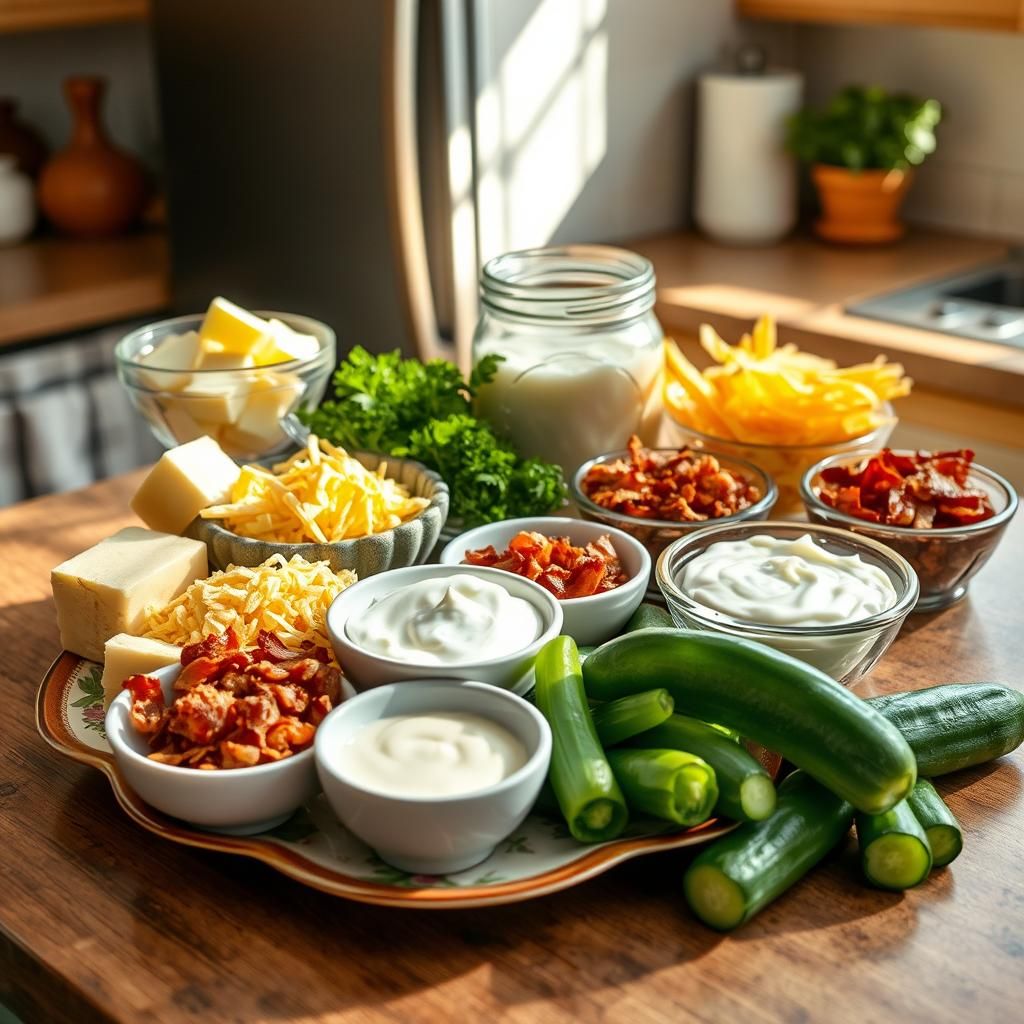
Simple additions to your meals, such as high-fat toppings and condiments, can significantly increase your overall fat intake without requiring major changes to your recipes.
Keto-Friendly Toppings and Condiments:
- Butter: Adding a pat of butter to your vegetables, meat, or eggs is a quick and easy way to boost fat content. A tablespoon contains about 12 grams of fat.
- Ghee: Ghee is clarified butter, meaning the milk solids have been removed. It has a rich, nutty flavor and a high smoke point, making it ideal for cooking. A tablespoon contains about 14 grams of fat.
- Avocado: Sliced or mashed avocado adds healthy fats and a creamy texture to salads, sandwiches, and tacos.
- Cheese: Sprinkle shredded cheese over your meals to add both flavor and fat.
- Bacon Bits: Real bacon bits (not the imitation kind) are a delicious and keto-friendly topping for salads, soups, and casseroles.
- Mayonnaise: Choose full-fat mayonnaise made with avocado oil or olive oil. Use it in sandwiches, salads, or as a dip for vegetables. A tablespoon contains about 10 grams of fat.
- Sour Cream: As mentioned before, sour cream can be used as a topping for various dishes.
Creative Ways to Use Toppings and Condiments:
- Loaded Cauliflower Mash: Top cauliflower mash with butter, cheese, bacon bits, and sour cream for a hearty and satisfying side dish.
- Fat-Boosted Salads: Add avocado, cheese, nuts, and a creamy dressing to your salads to increase their fat content.
- Egg-cellent Additions: Top your scrambled eggs or omelets with cheese, avocado, or sour cream.
- Meat Makeover: Add a pat of butter or ghee to your cooked steak or chicken for extra flavor and fat.
5. Prioritize Fatty Cuts of Meat and Fish
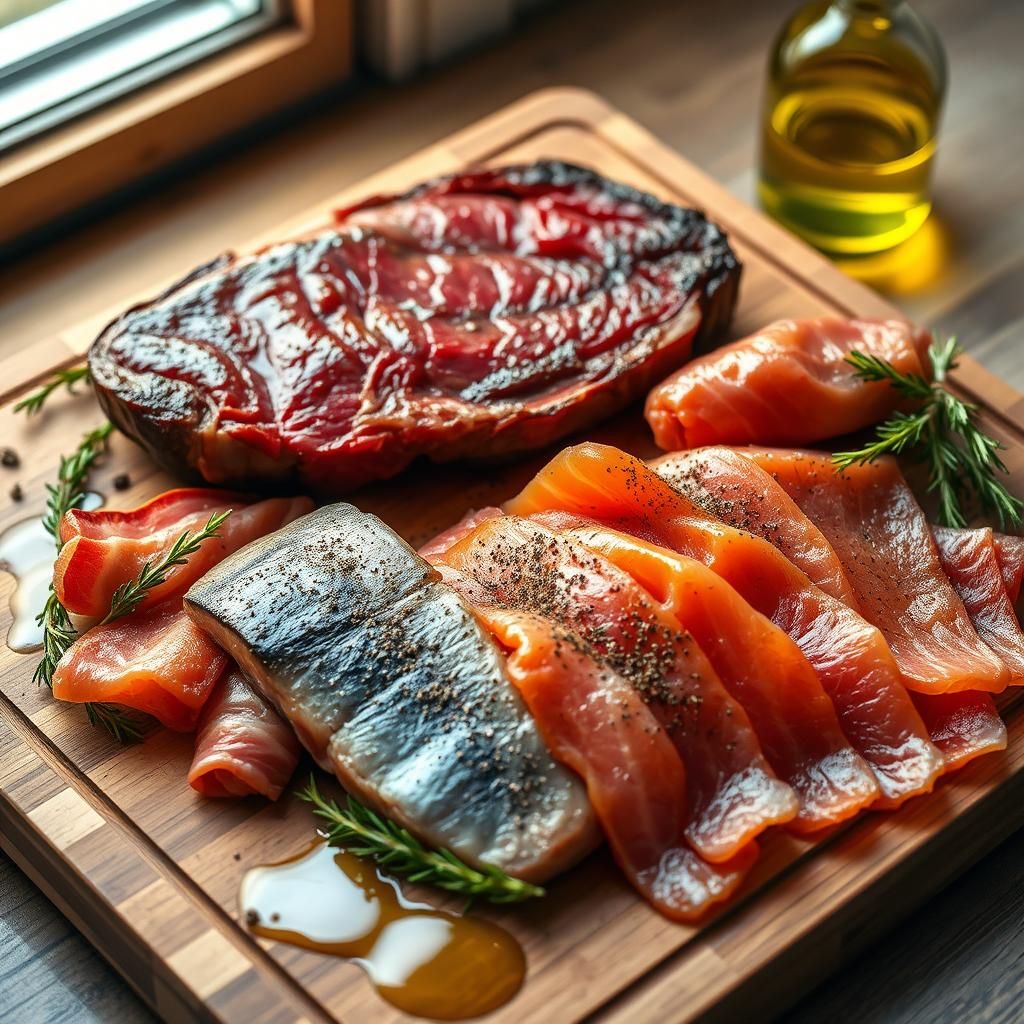
When choosing protein sources on keto, prioritize fatty cuts of meat and fish to naturally increase your fat intake.
Keto-Friendly Meat and Fish Options:
- Ribeye Steak: Ribeye is a well-marbled cut of beef, making it naturally high in fat. A 3.5-ounce serving contains approximately 29 grams of fat.
- Salmon: Salmon is rich in omega-3 fatty acids and offers a good balance of protein and fat. A 3-ounce serving contains about 8 grams of fat.
- Sardines: Sardines are packed with nutrients, including omega-3 fatty acids and vitamin D. A 3.75-ounce can contains about 11 grams of fat.
- Bacon: Bacon is a classic keto staple, providing both protein and fat. Two slices contain approximately 8 grams of fat.
- Pork Belly: Pork belly is a fatty cut of pork that can be roasted, braised, or pan-fried.
- Dark Meat Chicken/Turkey: Chicken thighs and drumsticks are higher in fat than chicken breasts.
Tips for Cooking Fatty Meats and Fish:
- Don’t Trim Excess Fat: Leave the fat on your meat and fish to maximize your fat intake.
- Use Keto-Friendly Cooking Methods: Choose cooking methods that don’t require added carbohydrates, such as grilling, roasting, or pan-frying.
- Save the Drippings: Use the drippings from cooked meats to make sauces or gravies.
Fine-Tuning Your Fat Intake
Remember that individual fat requirements can vary based on factors like activity level, metabolism, and overall health goals. While these strategies offer practical ways to boost fat consumption, it’s essential to listen to your body and adjust accordingly. Pay attention to how you feel, track your macros, and consult with a healthcare professional or registered dietitian for personalized guidance.
Troubleshooting:
- Still Hungry?: If you’re consistently feeling hungry on keto, you likely need to increase your fat intake. Experiment with adding more oil to your meals or snacking on high-fat foods between meals.
- Lack of Energy: Fatigue can be a sign of insufficient fat intake. Ensure you’re consuming enough healthy fats to fuel your body.
- Digestive Issues: Rapidly increasing your fat intake can sometimes lead to digestive issues. Start slowly and gradually increase your fat consumption over time. If MCT oil is causing problems, reduce your dose or switch to coconut oil.
Level Up Your Keto Game!
Increasing fat intake on a ketogenic diet doesn’t have to be a chore. By incorporating healthy oils, snacking strategically, embracing full-fat dairy (in moderation), adding high-fat toppings and condiments, and prioritizing fatty cuts of meat and fish, you can easily meet your fat requirements and reap the many benefits of keto. Remember to listen to your body, track your macros, and adjust your intake as needed. With a little planning and creativity, you can successfully navigate the high-fat world of keto and achieve your health and wellness goals. Embracing these strategies will not only keep you satiated and energized but also ensure you’re reaping the full potential of the ketogenic lifestyle.
Affiliate Link Disclosure: Some of the links in this post are affiliate links. This means that if you click on the link and make a purchase, I may receive a small commission at no extra cost to you. I only recommend products or services that I personally use and believe will be valuable to my readers.
